Aviation risk management is vital for protecting lives, reducing operational interruptions, and maintaining regulatory compliance. Effective risk management in aviation mitigates potential threats, safeguarding both passengers and crew, while ensuring operations run smoothly.
Proactive aviation risk management helps prevent accidents and boosts overall flight safety. This approach isn’t just about avoiding incidents; it’s about creating a safer, more reliable environment for everyone on board. When organisations invest in risk management strategies, they build a strong foundation for smoother, more secure operations.
In aviation, regulatory compliance is essential. Key frameworks, such as the FAA in the United States, ICAO internationally, and EASA in Europe, set stringent safety standards. Compliance with these standards reduces risk and keeps organisations legally compliant. In the UK, following these global standards strengthens operational security and supports an organisation’s commitment to safety.
A proactive approach to aviation risk management not only ensures compliance but enhances operational efficiency, building a safer, more resilient future for the industry.
A comprehensive aviation risk management plan starts with identifying potential risks. These can range from adverse weather and equipment issues to human error and cybersecurity threats. By carefully assessing each risk, organisations gain a clearer understanding of their operational landscape and potential vulnerabilities.

Once risks are identified, the next step is implementing effective mitigation strategies. This often includes enhanced safety protocols, proactive monitoring systems, and the use of data analytics to predict and prevent issues. By taking these proactive measures, organisations improve overall safety and minimise disruptions.

Modern technology plays a critical role in aviation risk management. Tools like predictive analytics, real-time monitoring, and AI provide valuable insights and support safer operations. These technologies help organisations anticipate and respond to risks more quickly, reinforcing safety across all areas of aviation.
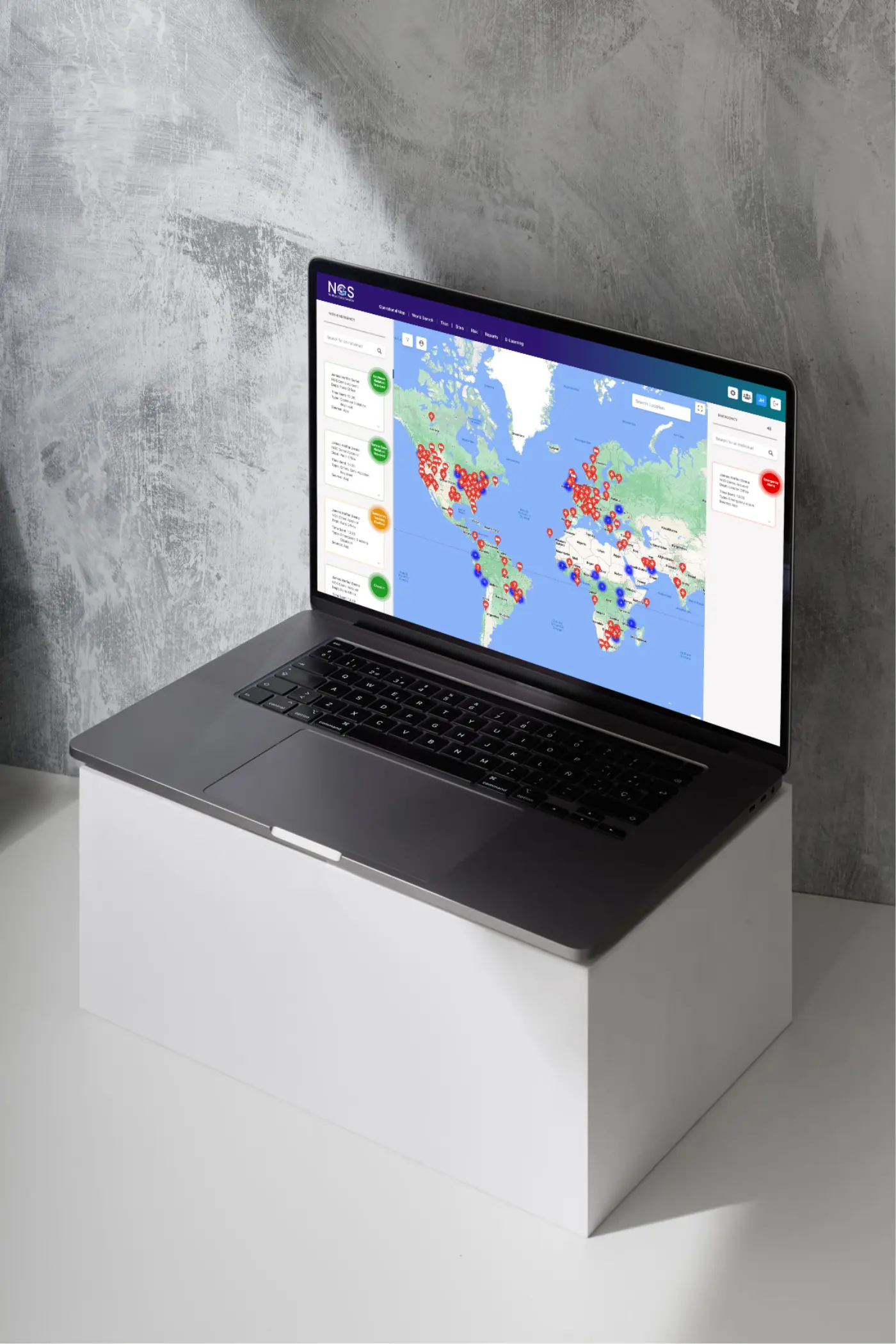

Human error presents one of the most complex challenges in aviation, especially under high-stress situations where quick decisions are crucial. In fast-paced environments, fatigue, stress, and time pressure can affect concentration, leading to potentially costly mistakes. For example, even minor miscommunications or oversights can escalate into larger safety risks if not addressed immediately.
To counteract this, aviation risk management places a strong emphasis on specialised training. By focusing on resilience and situational awareness, such training can help personnel develop the skills to maintain composure, think critically, and make clear, accurate decisions, even in high-pressure scenarios.
At NGS, we offer targeted resilience and situational awareness training, designed to equip your team with the skills to stay focused and perform accurately under pressure.
Our training includes role-playing exercises, simulations, and scenario-based responses, enabling personnel to practise critical decision-making in controlled, high-stress environments. By proactively preparing your team, you can reduce error rates, maintain operational safety, and enhance overall resilience.

With the rise of digital operations, cybersecurity threats are an ever-growing concern in aviation. Cyberattacks can disrupt operations, jeopardising passenger safety and the integrity of essential systems. Addressing these vulnerabilities is crucial to maintaining trust and operational continuity. A robust cybersecurity plan is no longer optional—it’s essential.
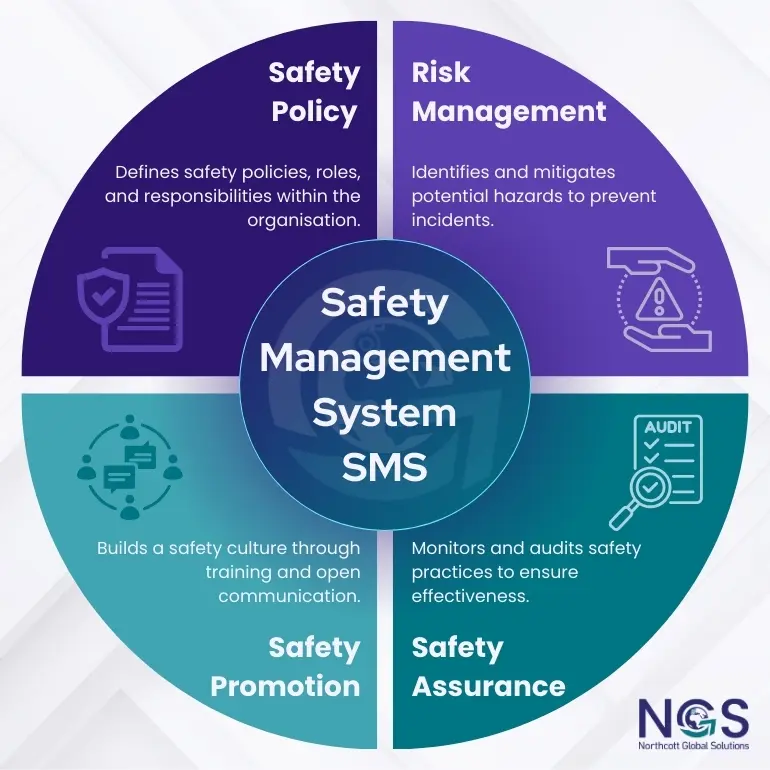
A robust Safety Management System (SMS) is essential for managing aviation risks. SMS offers a structured approach to identifying, assessing, and mitigating risks before they escalate. By implementing SMS, airlines and organisations gain a centralised framework to monitor safety, address potential issues proactively, and meet regulatory requirements. This system promotes a culture of safety and accountability, encouraging teams to report, review, and refine their safety practices continually.

To maintain high safety standards, regular safety audits and continuous training are crucial. Safety audits help organisations evaluate current protocols, uncover potential gaps, and ensure compliance with the latest regulations. Continuous training keeps personnel prepared and informed about evolving risks, equipping them to handle new challenges confidently. NGS offers comprehensive training programmes designed to keep your team skilled, knowledgeable, and ready for any situation.
Strengthening aviation risk management through these best practices not only enhances operational safety but also builds resilience. With proactive management, organisations can reduce risks, maintain trust, and ensure ongoing compliance.

Predictive analytics has become a game-changer in aviation risk management. By analysing vast amounts of data, airlines can now foresee potential risks—such as mechanical issues, crew fatigue, or weather-related disruptions—before they turn into incidents. Predictive analytics allows for proactive adjustments in operations, which improves safety and reduces costly delays. This proactive insight empowers organisations to make data-backed decisions that protect both crew and passengers.

Real-time data is critical for quick, informed decision-making. By gathering live information on weather conditions, aircraft health, and air traffic, airlines can respond to threats as they arise. For example, immediate updates on turbulence or adverse weather can prompt route adjustments, ensuring smoother and safer flights. Leveraging real-time data enhances situational awareness, allowing organisations to mitigate risks more effectively and maintain high operational standards.
Integrating predictive analytics and real-time data into your risk management framework not only enhances aviation safety but also builds a foundation for resilient, proactive operations.
Every aviation operation is unique and requires a tailored risk management plan. Key factors like location, fleet size, and operational type shape the specific risks an organisation may face. For instance, a plan for a commercial airline operating in dense airspace will differ greatly from one for a small fleet in rural areas. Customising your approach allows you to address these unique challenges effectively, creating a safer and more resilient operation.
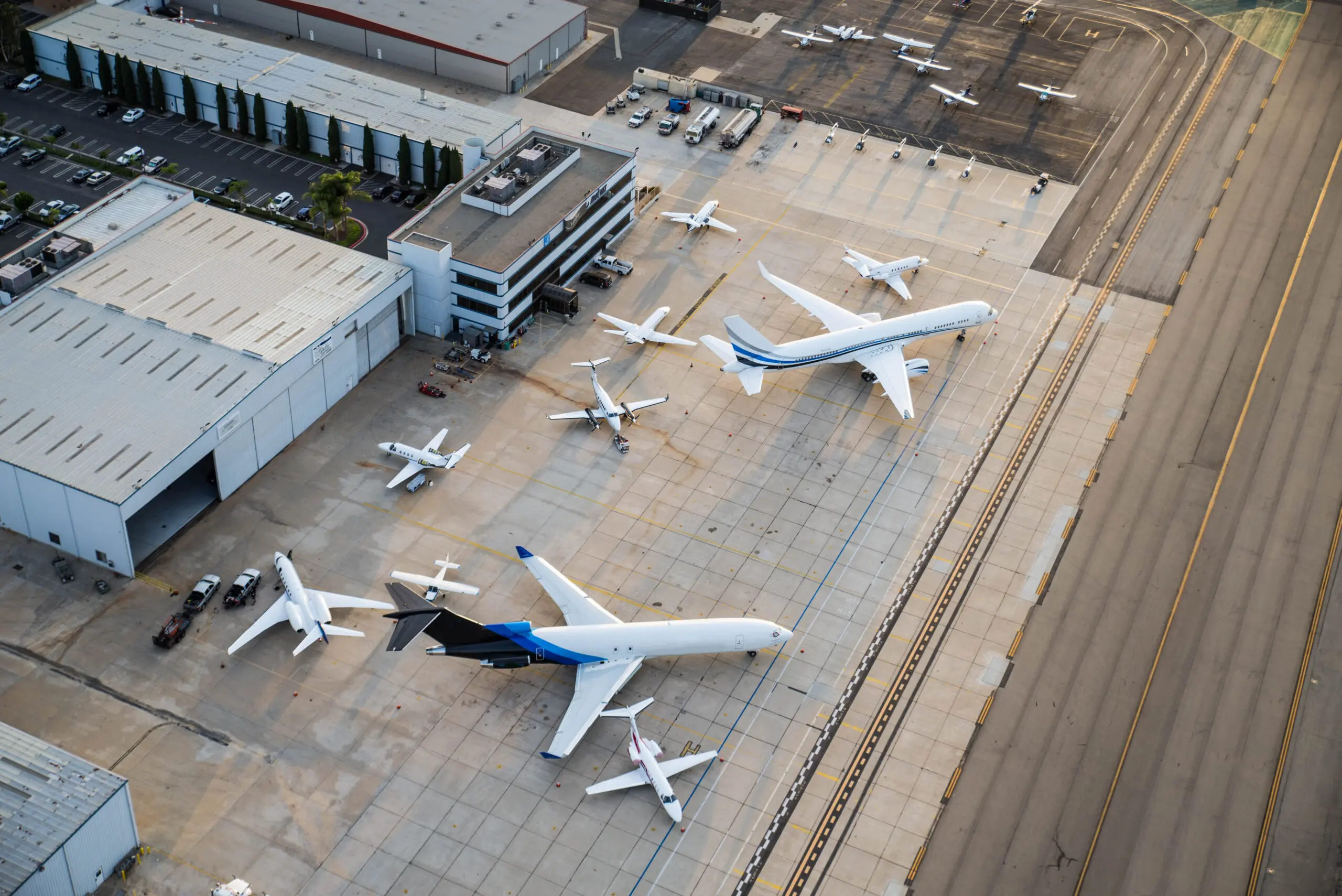
Partnering with experienced aviation risk consultants can be invaluable in developing a comprehensive, tailored plan. Consultants provide specialised expertise to identify risks, refine safety protocols, and ensure compliance with international standards. By engaging with experts, organisations gain access to best practices and insights, creating a proactive risk management strategy that supports both compliance and safety.

At NGS, we specialise in creating tailored aviation risk management solutions that align with your specific operational needs. Our global expertise allows us to provide comprehensive risk assessments, proactive safety measures, and 24/7 crisis response services. Whether it’s managing security threats, natural disasters, or unforeseen disruptions, we ensure that your operations remain safe and compliant with international standards like ISO 31030.
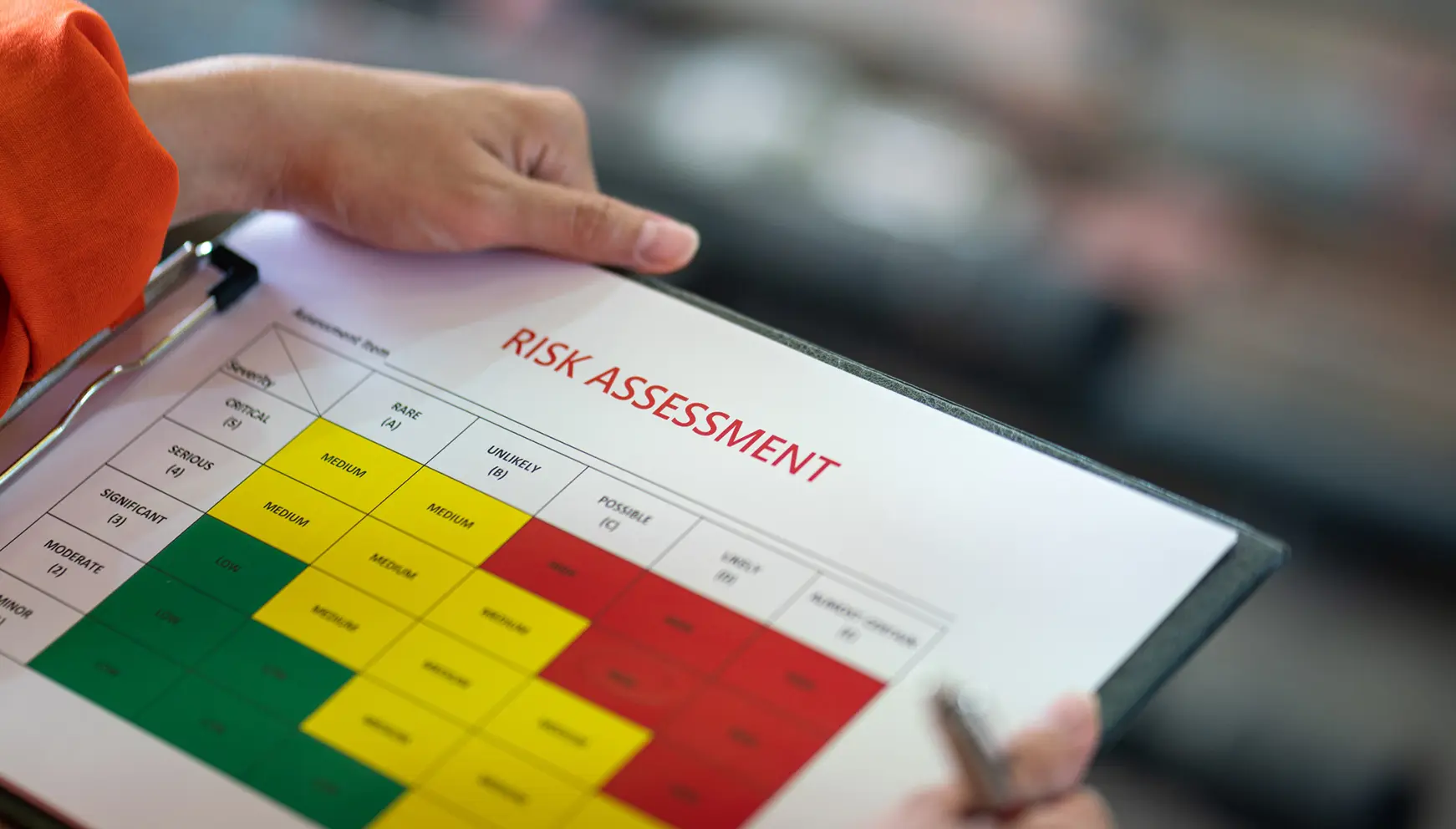
Identify and mitigate potential risks before they escalate with our proactive risk assessments, designed to keep aviation operations secure and compliant. We offer flexible options for assessments, both onsite and remotely, ensuring that organisations can access thorough risk evaluations whenever and wherever they need them.
Gain real-time support and dedicated crisis management with our 24/7 Operations Centre, built to respond to aviation emergencies, manage unexpected incidents, and provide guidance around the clock. Our team is always ready to assist, helping you handle aviation challenges with confidence.
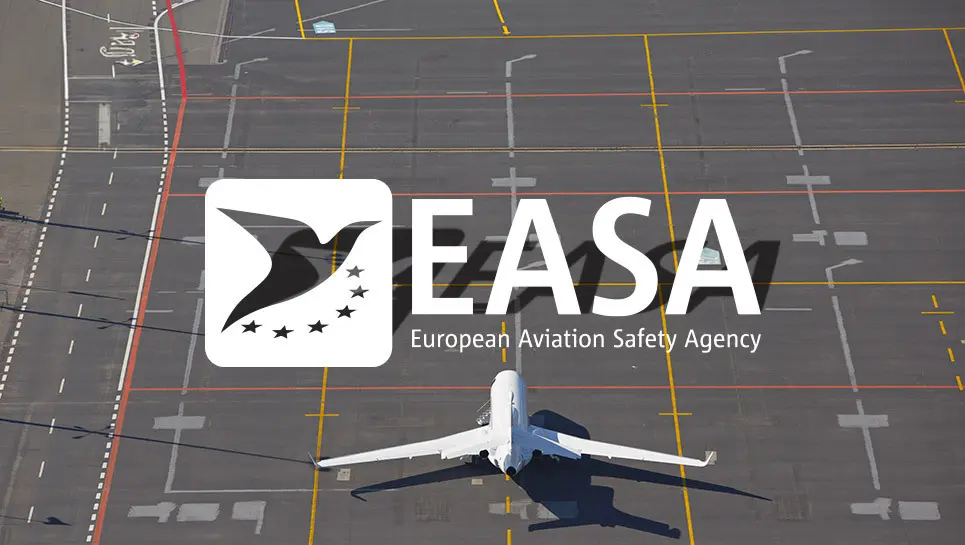
Stay aligned with critical global aviation safety standards, including FAA, ICAO, and EASA requirements. Our compliance support ensures your operations meet industry regulations, reducing risk and reinforcing safety protocols in line with international expectations.
Implementing an effective aviation risk management strategy is key to ensuring the safety of passengers, crew, and aircraft. With a focus on continuous improvement, regulatory compliance, and technology integration, aviation companies can reduce their exposure to risks and enhance operational safety.
If you’re looking to strengthen your risk management approach, explore how NGS can support your aviation needs.